Nanoscale imaging of cell walls aids in turning plants into biofuels
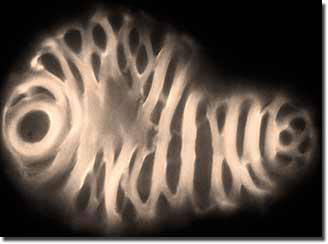 By imaging the cell walls of a zinnia leaf down to the nanometer scale, energy researchers have a better idea about how to turn plants into biofuels.
By imaging the cell walls of a zinnia leaf down to the nanometer scale, energy researchers have a better idea about how to turn plants into biofuels.
Jul 19th, 2010
Read more
 By imaging the cell walls of a zinnia leaf down to the nanometer scale, energy researchers have a better idea about how to turn plants into biofuels.
By imaging the cell walls of a zinnia leaf down to the nanometer scale, energy researchers have a better idea about how to turn plants into biofuels.
Jul 19th, 2010
Read more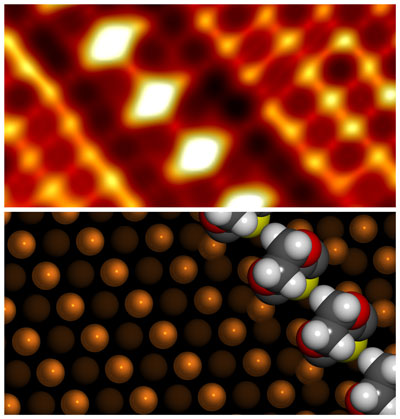 Tomorrow's television and computer screens could be brighter, clearer and more energy-efficient as a result of a process developed by a team of researchers from Canada and the Department of Energy's Oak Ridge National Laboratory.
Tomorrow's television and computer screens could be brighter, clearer and more energy-efficient as a result of a process developed by a team of researchers from Canada and the Department of Energy's Oak Ridge National Laboratory.
Jul 19th, 2010
Read moreResearchers develop first models for producing polymer-based artificial cells capable of self-organizing, performing tasks, and transporting 'cargo', from chemicals to medicine.
Jul 19th, 2010
Read moreA team of students from ENSIMAG, an engineering school in Grenoble, France, and Virginia Tech is using bioinformatics to implement federal guidance on synthetic genomics.
Jul 19th, 2010
Read moreResearchers have investigated using nanoparticles to deliver double-stranded ribonucleic acid, dsRNA - a molecule capable of specifically triggering gene silencing - into mosquito larvae through their food. By silencing particular genes, the dsRNA may kill the developing mosquitoes or make them more susceptible to pesticides.
Jul 19th, 2010
Read more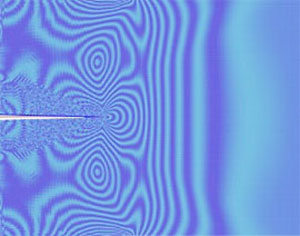 With renewed attention being given to nuclear power, a UT Dallas nanomaterials researcher has snagged an $875,000 Department of Energy (DOE) grant to explore a means to boost power plant efficiency and reduce nuclear waste.
With renewed attention being given to nuclear power, a UT Dallas nanomaterials researcher has snagged an $875,000 Department of Energy (DOE) grant to explore a means to boost power plant efficiency and reduce nuclear waste.
Jul 19th, 2010
Read moreThe objective of the Wear-a-BAN project (Unobtrusive wearable human to machine wireless interface) is to investigate and demonstrate ultra low-power wireless body-area-network technologies for enabling unobtrusive human to machine interfaces into market segments such as smart and interactive textiles, robotics for augmented reality assistance and rehabilitation and natural interfacing devices for video gaming.
Jul 19th, 2010
Read more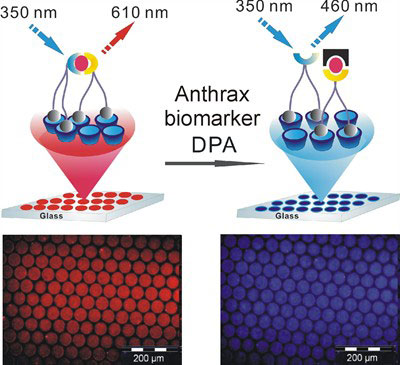 Nanotechnologists at University of Twente's MESA+ research institute have developed a sensor that can detect anthrax spores. The invention is more sensitive and efficient than existing detection methods.
Nanotechnologists at University of Twente's MESA+ research institute have developed a sensor that can detect anthrax spores. The invention is more sensitive and efficient than existing detection methods.
Jul 19th, 2010
Read moreDublin City University (DCU) has been awarded EUR23.8m in Cycle V PRTLI, following an announcement earlier today by An Taoiseach, Brian Cowen. All three DCU-led projects were successful in their bid for funding, with a further two, in which DCU are partners, also successful.
Jul 19th, 2010
Read moreResearchers from Irish companies and higher education institutions won funding totalling 213 million euros for collaborative research projects in areas like ICT, health, nano-technology and energy from the largest European R+D funding programme ever, announced Minister Conor Lenihan TD.
Jul 19th, 2010
Read more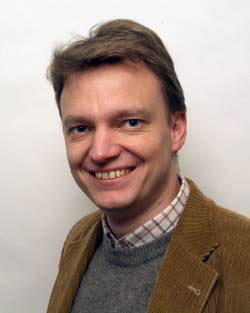 Thomas Klar wins the forth ERC starting grant within CeNS.
Thomas Klar wins the forth ERC starting grant within CeNS.
Jul 19th, 2010
Read more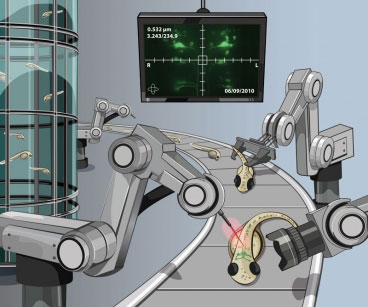 With the aim of speeding up the process and enabling large-scale studies, engineers at MIT have developed a new technique that can analyze larvae in seconds.
With the aim of speeding up the process and enabling large-scale studies, engineers at MIT have developed a new technique that can analyze larvae in seconds.
Jul 19th, 2010
Read moreMaterials science and nanotechnology researchers at the University of Nebraska-Lincoln are getting some much-needed equipment that will help enhance and expedite their studies.
Jul 19th, 2010
Read moreA completely new method for producing an image of individual DNA molecules' genetic make-up has been developed by researchers in Sweden and Denmark.
Jul 19th, 2010
Read moreA new vaccine-delivery patch based on hundreds of microscopic needles that dissolve into the skin could allow persons without medical training to painlessly administer vaccines - while providing improved immunization against diseases such as influenza.
Jul 19th, 2010
Read moreAmong the events of the festival will be an educational workshop on nanotechnology.
Jul 19th, 2010
Read more